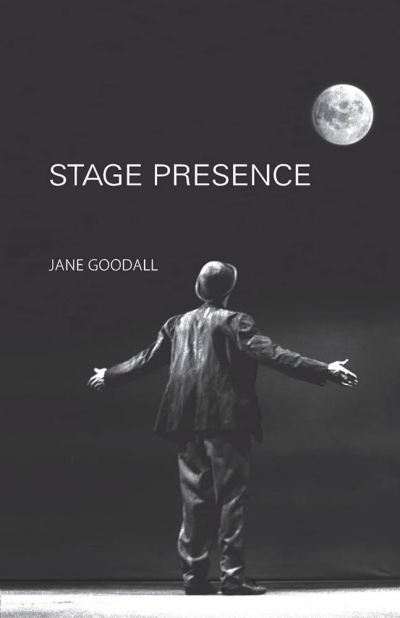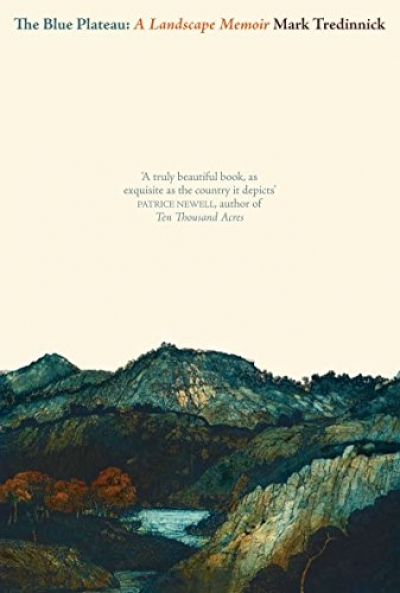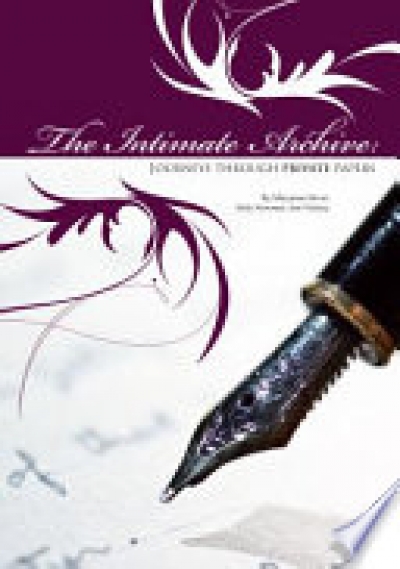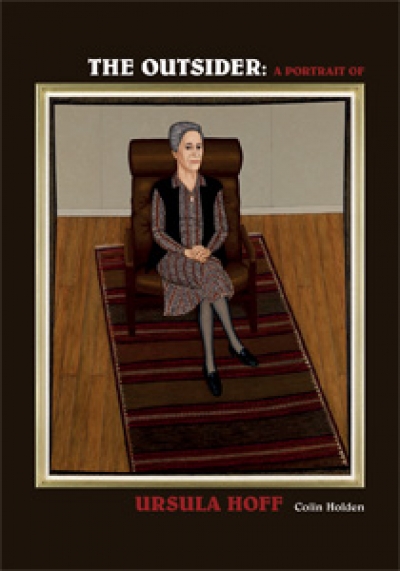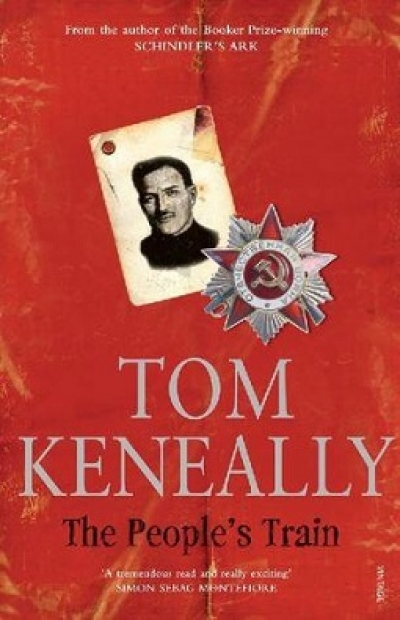Archive
Summertime by J.M. Coetzee & The Cambridge Introduction to J.M. Coetzee by Dominic Head
by James Ley •
The Cambridge Companion to Bob Dylan edited by Kevin J.H. Dettmar
by Imre Salusinszky •
The Cambridge Companion to Greek Lyric by Felix Budelmann
by Christopher Allen •
The Intimate Archive: Journeys through private papers by Maryanne Dever, Sally Newman and Ann Vickery
by Sylvia Martin •
The Outsider: A Portrait of Ursula Hoff by Colin Holden
by Jaynie Anderson •

